Ancient Greece is known in every corner of the world as a civilization rich in culture and knowledge. This people gave a fundamental contribution to the development of the civil community, reaching maximum levels in social organization, writing and philosophy, leaving us works that have been a subject of study and reflection for millennia. Greek art also enjoys worldwide fame even if it has been the object of criticism especially in recent centuries regarding the scarcity of colors used. It is true that in Greek art the choice of color resembles that of prehistoric man rather than that of the Egyptian world, therefore where there is a strong prevalence of yellows and reds against a scarce use of green and blue.
Filosofia e Colore
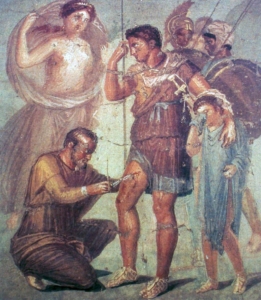
La Ferita di Enea (45 d.C)
We know of the importance of Philosophy in the Greek world and it was inevitable that these two worlds met at a certain point; in fact, Greek philosophy has often been interested in color and we have numerous testimonies of this.
The first famous mention is that of Empedocles, who associated the birth of colors to the four elements, arguing in particular that white originated from fire, and black from water. Even on the perception of color, which as we will see later is still a very current topic, Empedocles expresses his own particular theory. He explains how, according to him, colors emit effluvia that are diffused into the air in the form of four elements: particles of water, fire, earth and air and the human eye is only able to perceive the first two while it does not have the right porosity to perceive those of earth and air.
Even the famous Plato deals with the subject of colors following a line very similar to that of Empedocles and therefore recognizing that color is a real physical emanation but Plato adds two more colors to the perception of the eye instead of the only two of Empedocles thus creating a four-color scheme that will remain paradigmatic in the Greek culture of color.
Democritus had a completely different idea (who will also be followed by Galen who will support very similar theories) according to which color is not physical and objective but instead the result of the effect of their surface that directly hits that of the eye allowing its perception. Vision is always material, but we are getting closer and closer to the idea that color is a secondary quality, as Galileo and Locke will support towards the end of 1500.
Aristotle often speaks in a complex way of color and it is very difficult to understand if you do not have the basis of the Greek philosophy of color that philosophers like those we have seen before have formulated in a more essential way. Aristotle’s theory starts from light as the origin of everything and the key colour is transparent, the colour of water and air, therefore colour is no longer seen as something material but participates in the materiality of the body.
The Connections with the Roman Empire
We have mentioned that Greek decorative art, however valuable and defined, did not exploit many colors and in fact the famous German philosopher Friedrich Nietzsche towards the end of the twentieth century said about Greek art: “How differently the Greeks saw nature, if we are forced to recognize that their eyes were blind to blue and green, and instead of the first they saw a darker brown, instead of the second a yellow – how different and how much closer to men nature must have appeared to them, since in their eyes the colors of men were also preponderant in nature and this swam, so to speak, in the atmosphere of human colors! (Blue and green dehumanize nature more than any other color) … “.
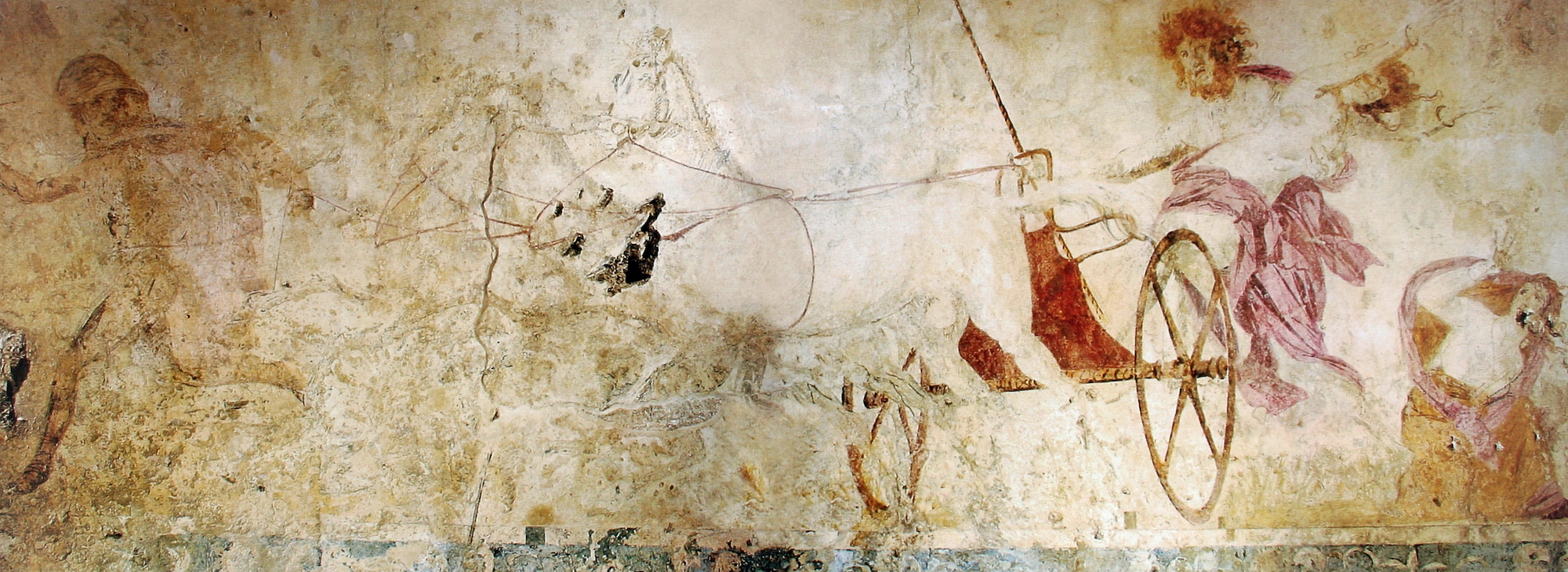
Ratto di Persefone
As harsh as it may be, it is a criticism that has some truth. Just take a quick look at the paintings and decorated walls of famous cities such as Athens, Argos and Delphi to see how yellow and red are the predominant colors. However, we must consider a very important factor, the concomitance with the Roman world which was instead an avant-garde on colors and decoration techniques in general and this has strongly influenced the history of color in ancient Greece.
However, this remains a much discussed topic today and if you want to do a superficial research on the colors of ancient Greece, it will be easy to come across discussions such as “What Colors Did the Greeks See?” or “The Different Perception of Color in Ancient Greece”. We could discuss the differences at length and understand whether the cultural or physical ones are predominant, but let’s leave this debate to those who are more expert and prepared than us on the subject
The Colors and Pigments of Ancient Greece
The Greek people used to create their own colors with the natural earths yellow ochre and red ochre, which are abundant along the coasts and guaranteed a resistant and long-lasting color quality. As we have seen in general in Greek art, unlike Egyptian art, there was little use of cold colors such as blue or green and the pigments used to create these colors were almost always imported from the Roman Empire which had instead become a master in creating it from minerals with processes that gradually became more and more complex and artificial.
THE REDS
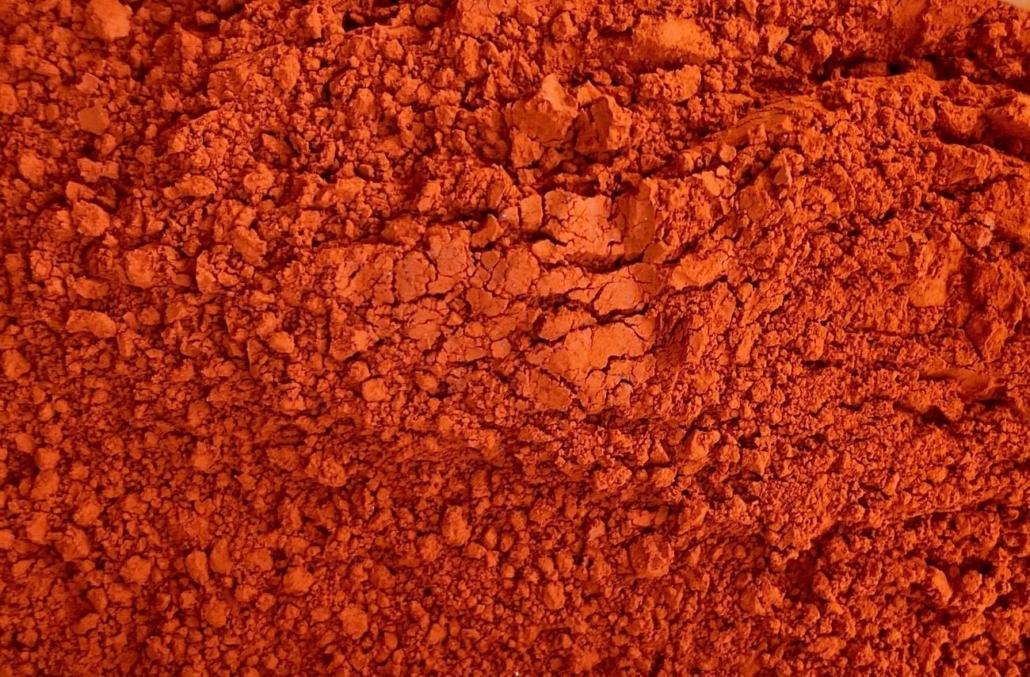
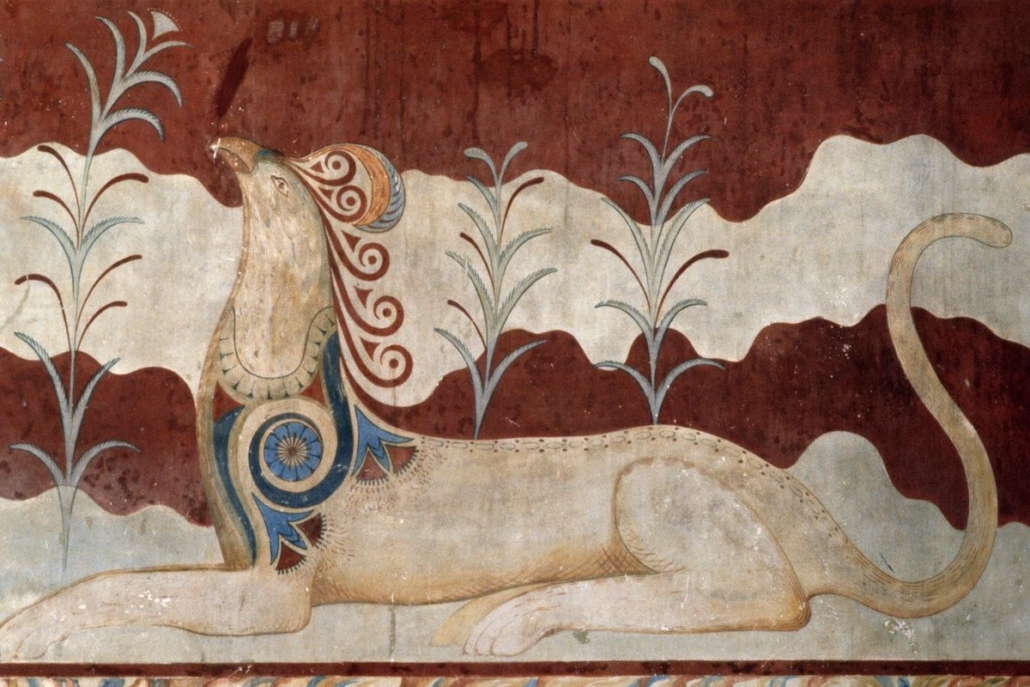
MAIN SOURCES: Red Ochre, Kermes
THE YELLOWS

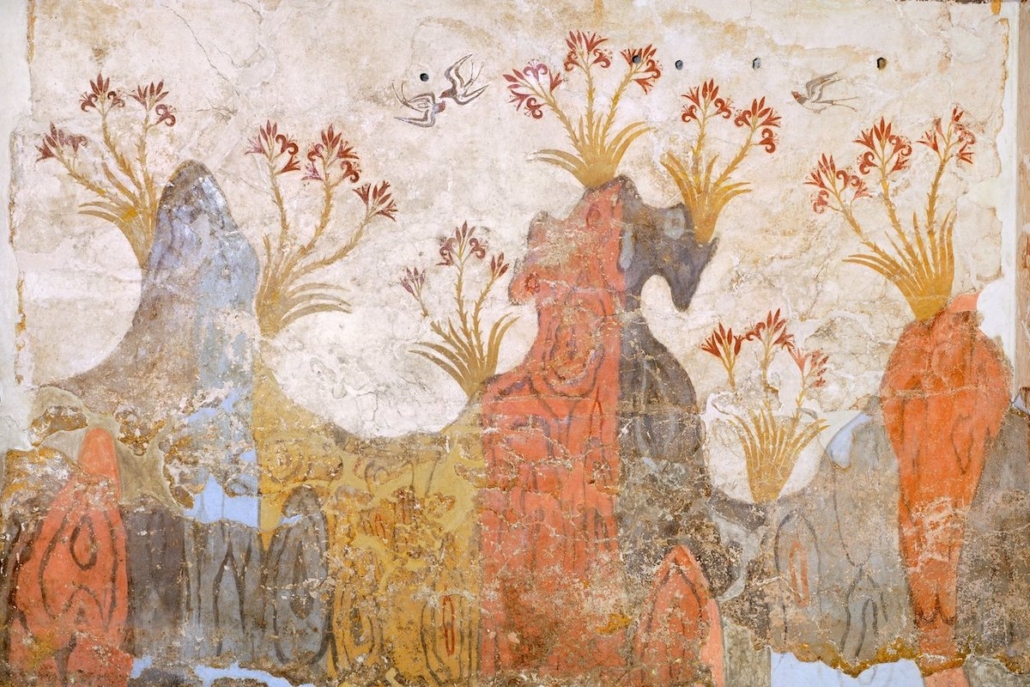
MAIN SOURCES: Yellow Ochre, Orpiment
THE BLUES
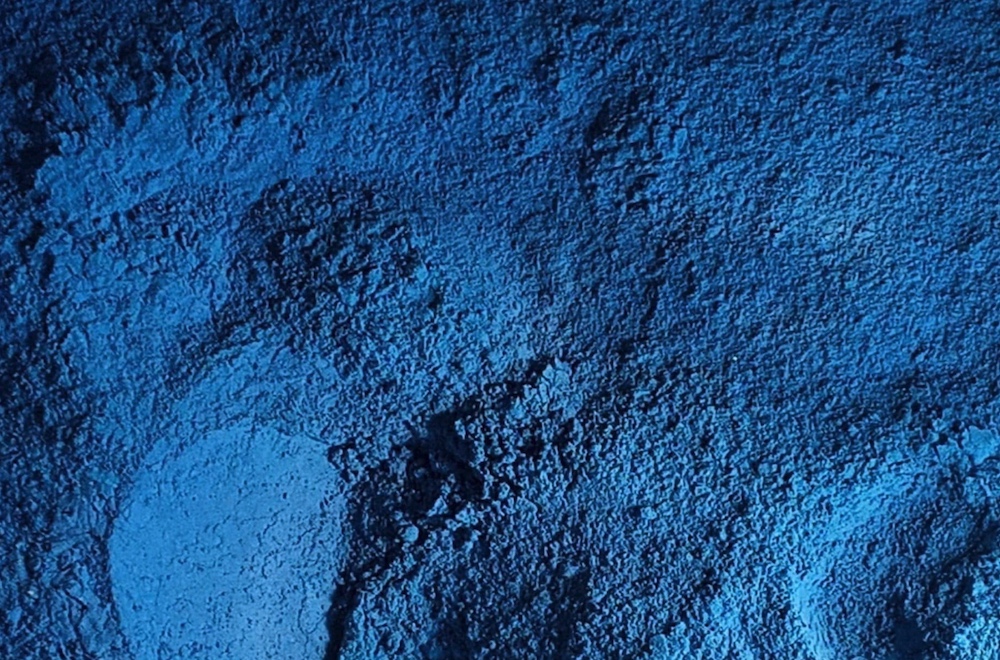
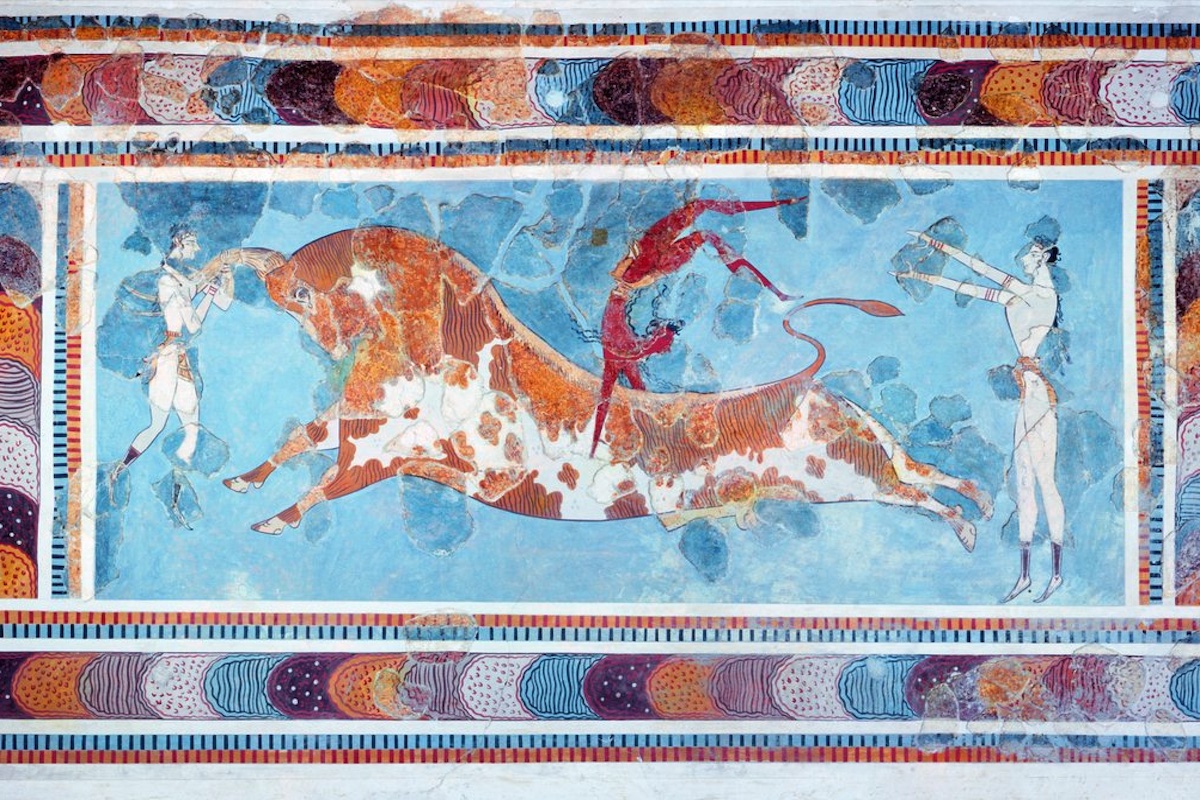
MAIN SOURCES: Azurite
THE GREENS
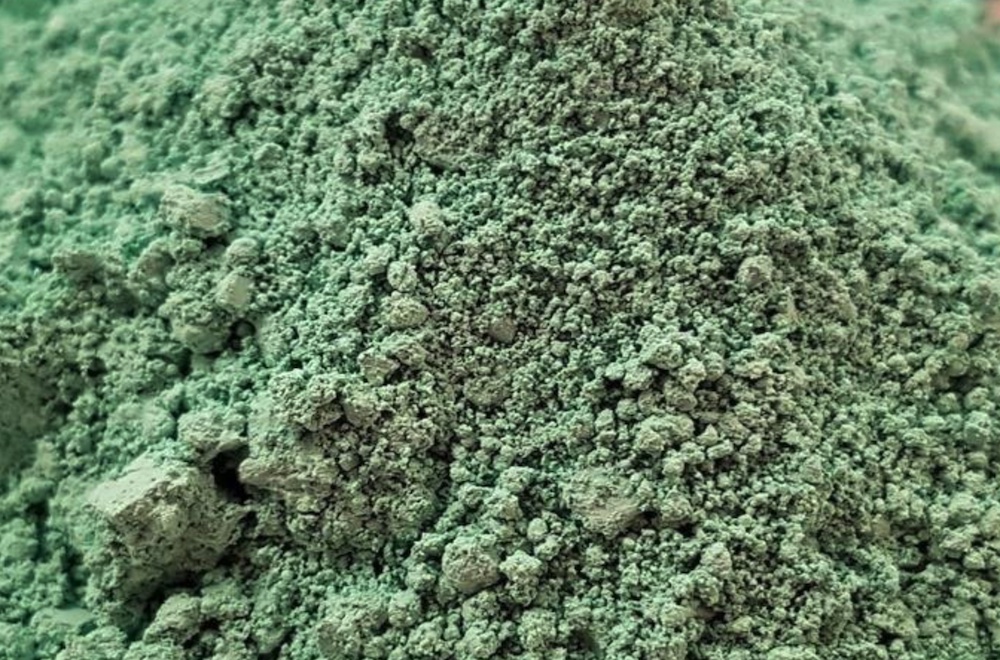
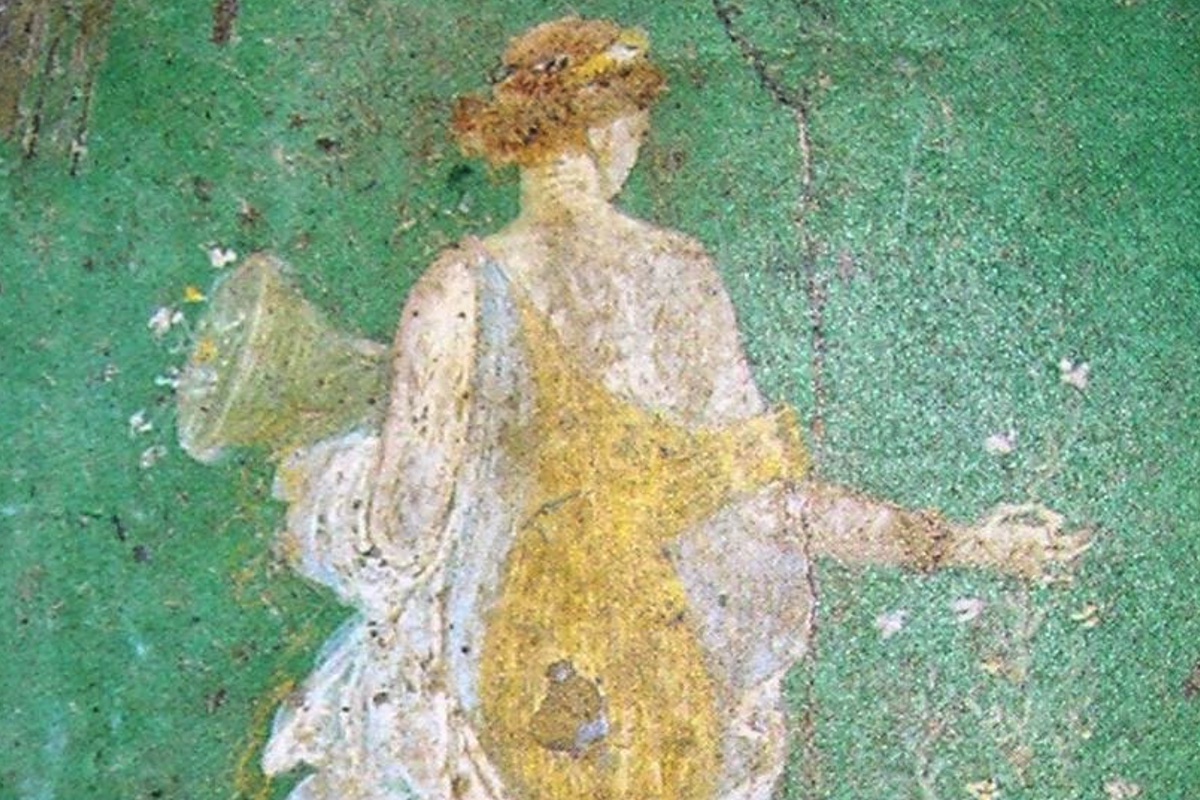
MAIN SOURCES: Copper, Chrysocolla, Malachite
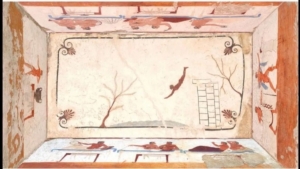
Tomb of the Diver
Studying color in the world of ancient Greece confirms what has always been the nature of this civilization: philosophy and lofty thoughts while practical and technical writings on the preparation of colors are almost completely absent in Greek art. The Ancient Greeks are the right people to turn to if you want to take a journey into the birth of the philosophy of color, a topic that fascinated great minds such as Plato, Aristotle, Galen, Empedocles and Democritus who developed numerous more or less complex theories on the perception of color. Following their nature, this people left the most technical and pragmatic part to the nearby Roman Empire, which as we will see instead left an infinite number of writings and testimonies on the decoration techniques used and was used to being methodical and keeping track of all the processes of creating natural pigments.
SOURCES AND INSIGHTS
Multiversoweb.it – Margutte.com – Wikipedia – Università Di Macerata

